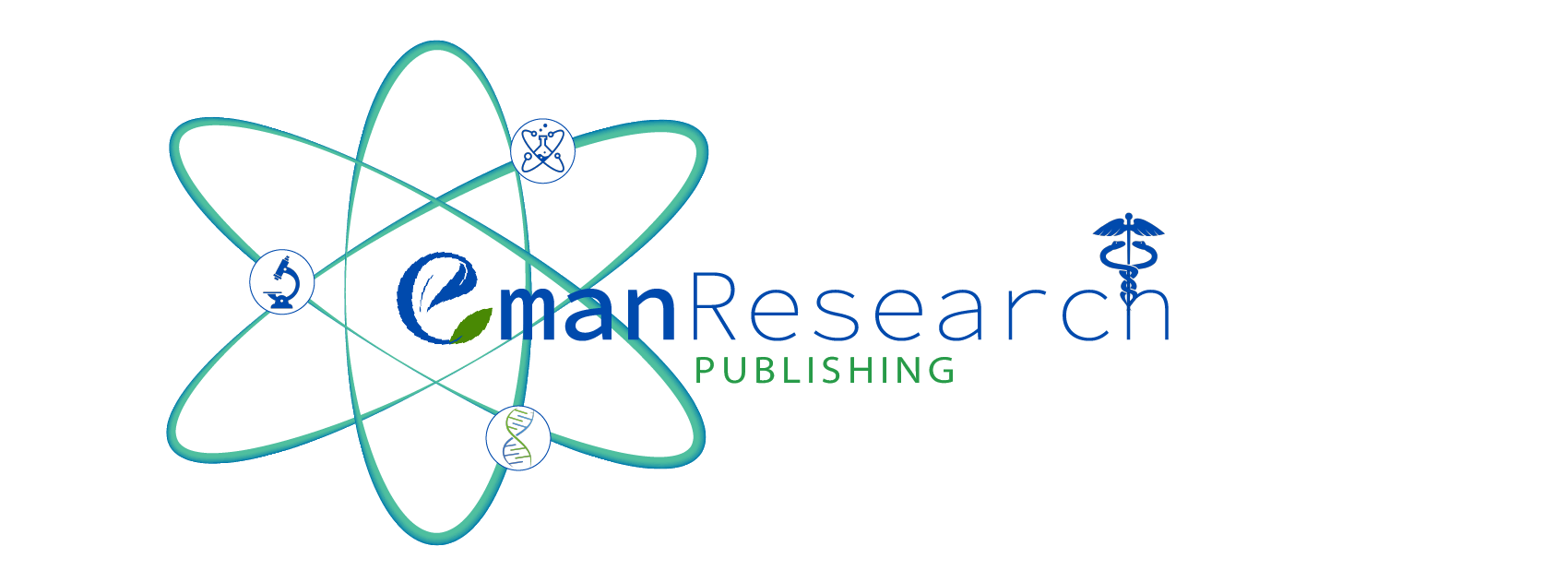Identification and Evaluation of Tumour-homing Peptides Specifically Targeting Metastatic Breast Cancer Cells
Dhayaalini Bala Gopal1,*, Yin Quan Tang1
Journal of Angiotherapy 6(3) 714-715 https://doi.org/10.25163/angiotherapy.6325C
Submitted: 24 December 2022 Revised: 24 December 2022 Published: 24 December 2022
Abstract
Introduction: Molecular probes are crucial for early breast cancer diagnosis. Metastatic breast cancer is associated with high mortality and recurrence rates. An active-targeted strategy using homing peptides is an effective approach to diagnose and treat breast cancer as it encompasses prominent specificity and activity through cellular membranes and have lesser toxicity than the vastly used small molecule inhibitors. Method: Bioinformatics analysis was carried out to find peptides homing breast cancer cells and to predict the peptide sequence binding to receptors found on metastatic breast cancer cells. Total of 4 peptides were designed based on their binding affinity with highly expressed receptors by breast cancer cells and synthetised for imaging detection purpose. These tumour-homing peptides (THPs) were labelled with fluorescein isothiocyanate (FITC) and were tested on metastatic breast cancer cell lines (MDA-MB-231, MDA-MB-453, T47D & MCF-7) and a normal human breast cell line (MCF-10A). MTT assay was performed to evaluate FITC-labelled THPs and potency in cells exposed to these peptides for up to 24 hours. The binding efficacy of the THPs was then confirmed by fluorescence imaging and detection in human metastatic breast cancer cells. Results: Identified positive THPs were termed as MBC-BT1, MBC-BT2, MBC-BT3 & MBC-BT4. After incubation with increasing concentrations of the FITC-labelled THPs for MTT assay, the dose selected for succeeding tests were fixed at 12.5 µg/mL. FITC-labelled MBC-BT1, MBC-BT2, MBC-BT3 & MBC-BT4 peptides bind to MDA-MB-231 breast cancer cells based on fluorescence imaging after 30 minutes of incubation of these peptides with MDA-MB-231 cells. These peptides had no binding to normal human breast cancer cell line MCF-10A. Conclusion: The findings of this study produce high potential peptide-based diagnostic tracers for metastatic breast cancer detection and identification of unique cell surface profile of highly metastatic breast cancer cells, thereby provide new targets for therapeutic intervention.
Keywords: Homing, Peptide, Metastatic breast cancer
References
View Dimensions
View Altmetric
Save
Citation
View
Share


